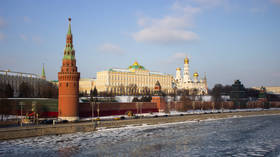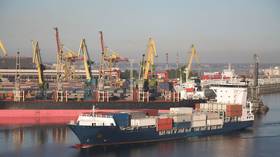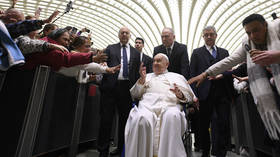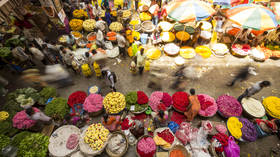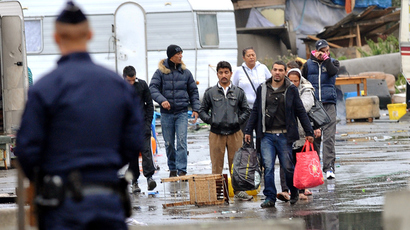Asylum hell: Italy struggles to deal with migrant influx
As Italy reels from its worst economic crisis in 60 years and unemployment continues to soar, migrants arriving in search of a better life are instead finding disappointment and squalor.
Last month, Italy asked for a complete overhaul of European asylum policies after hundreds of African migrants died when their boat sunk off the coast of Sicily.
Italian Prime Minister Enrico Letta said ahead of a European Council meeting that the tragedy, which killed as many as 550 migrants, would not be the last of its kind. He urged the European Union to recognize the crisis as a matter of joint EU responsibility.
Many more migrants successfully arrive to Italy, and Rome is struggling to deal with the growing influx.
EU law obliges all refugees to stay in the country where they receive asylum. Those who manage to escape registration often go further north, but those who can’t are stuck in Italy and are running out of options.
Italy’s current economic problems - it’s in its worst recession
since World War II - mean that there are very few opportunities
for newly arrived migrants.
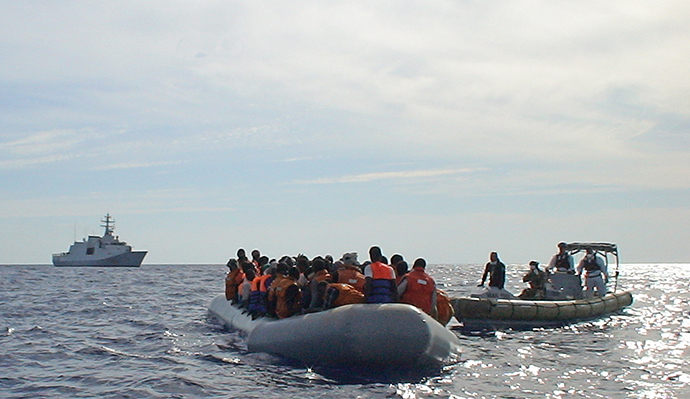
Most of them are forced to live in cramped hostels like the ironically named Salam Palace - meaning “peace palace” in Arabic - which is housed in a former university building. Over 1200 refugees from four African nations have been given a temporary home in the hostel, which is more of a refugee ghetto than a palace of peace.
“There are 35 baths and 35 showers and 80 percent of them need to be repaired. The beds are also in very bad condition. Actually, a lot of people sleep on cardboard,” Donatello d’Angelo, a doctor from the World Citizen association who works with refugees from the hostel, told RT.
Residents of the hostel are also unhappy with their accommodation.
“We thought that we could get a better life here, but not [the case],” Kidane, a refugee, said.
“It’s like we’re still in Africa,” another refugee stated.
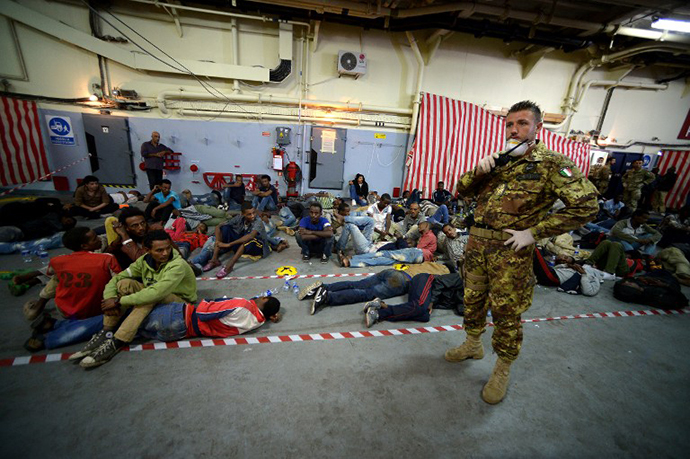
But these are some of the lucky ones. As many hostels run out of room, immigrants are forced to join drunks, drug addicts, and Italy’s own homeless population at public train stations.
Such locations offer a place to meet others in the same boat, and a chance to make a bit of cash through begging or busking during the day. The stations double as makeshift shelters at night.
“There are quite a lot of [refugees] here from different nationalities. First they came from southern countries, now they are also from eastern ones. The whole region is full of immigrants,” a Rome resident told RT.
“Sometimes immigrants from different countries fight each other, like Albanians and those from Bangladesh, for example,” said another woman.
“Italy is alone, Europe must solve this problem,” a local man said.
The EU has promised an extra 30 million euros for Italy to build four new refugee shelters, but this is unlikely to create any new jobs or lessen the flow of migrants.






